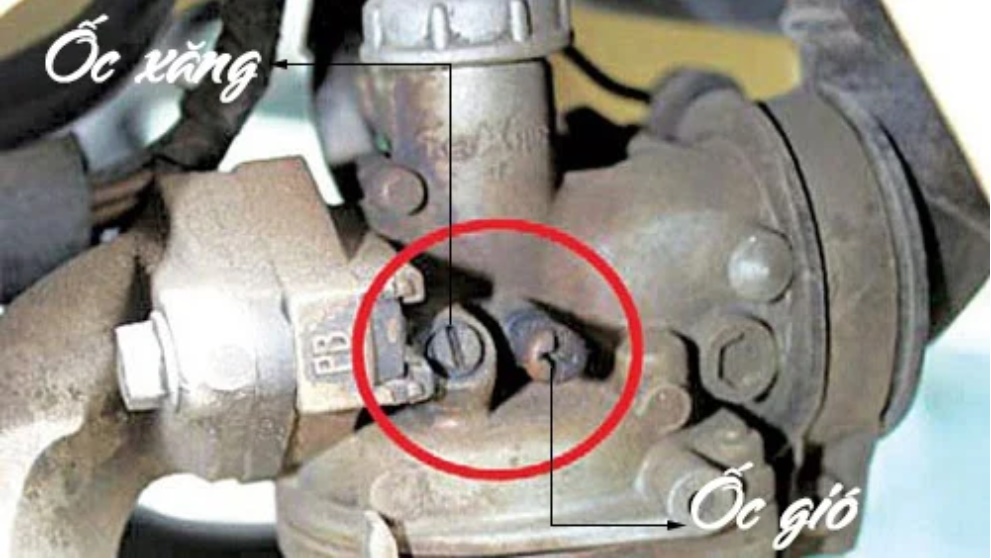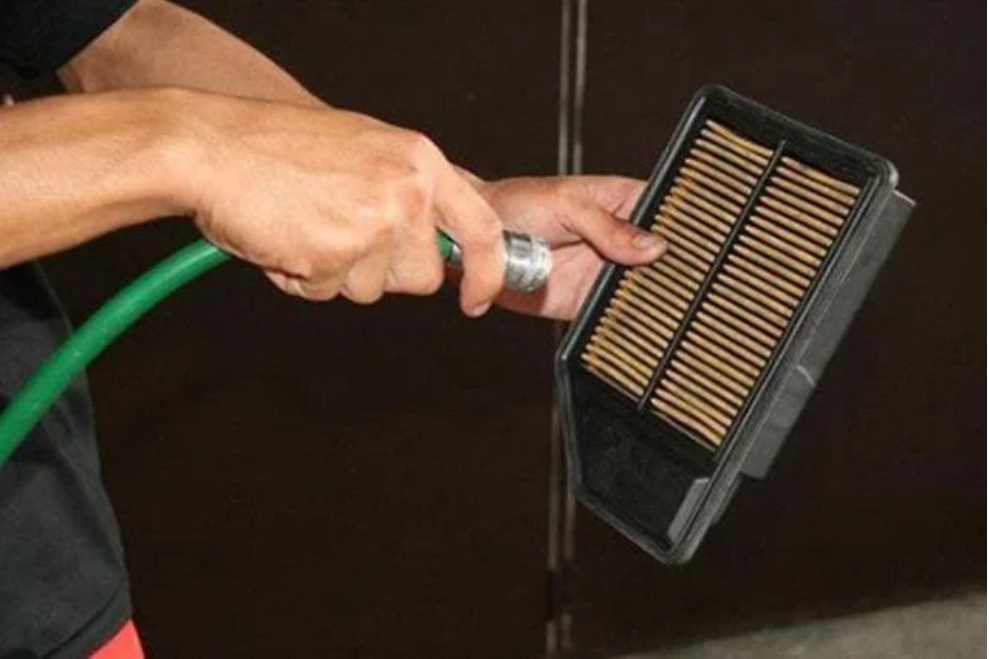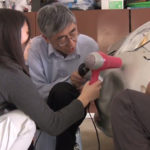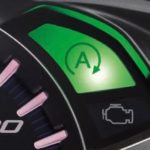Tips for identifying fuel-consuming motorcycles
Check when operating the vehicle: One of the ways to determine whether a motorcycle is consuming fuel is when you start the vehicle. If you need to press the start button longer or if you need to constantly throttle the throttle while riding, causing your wrist to get tired even though you’re only moving a short distance, it means that your motorcycle is consuming fuel.
In addition, there are some cases where motorcycles make abnormal noises when you decelerate, these noises are usually small or loud pops. Or cases where the motorcycle is weak, slow to accelerate, or makes unusual noises. In addition, fuel-consuming motorcycles often stall, but cannot be restarted.
Look at the Spark Plug: To know whether a motorcycle is consuming fuel or not after removing the Spark Plug and noticing that it is black at the base or wet, it is due to the improper fuel/air ratio or insufficient fuel left behind.
Observe the motorcycle’s exhaust: To come up with the most suitable way to adjust a fuel-efficient motorcycle, observing the phenomena that occur with the motorcycle is essential. If your motorcycle is normal, when you operate it with a strong throttle or observe that the exhaust smoke from the exhaust is either clear or colorless. Meanwhile, fuel-consuming motorcycles often have black exhaust smoke. Excess fuel vapor causes black smoke to appear and the motorcycle frequently runs slowly and emits more smoke, consuming more fuel.

How to adjust a fuel-efficient motorcycle easily
How to adjust a fuel-efficient motorcycle from the carburetor: In a motorcycle, the carburetor is a component used to mix fuel with air based on an appropriate ratio and then provide this mixture to the gasoline engine to power the motorcycle. If the motorcycle consumes too much fuel or no longer emits as originally, it is time to readjust this part.
The implementation steps are as follows:
Step 1: First, you should remove the carburetor from the motorcycle and check it. If the carburetor is dirty, use a cloth to clean it and wipe it clean to help save fuel.
Note: The air filter will always be in a state of air deficiency if it is clogged with dust. From there, the motorcycle’s engine becomes weak and consumes more fuel.
Step 2: Adjust the carburetor to save fuel. Place the center stand between the motorcycle to ensure balance for the gasoline in the tank. Note: Turn the screw clockwise until it cannot be turned any further. Next, loosen the air screw from 1.5 to 3 turns and start the engine for about 5 to 10 minutes to warm up the motorcycle. At this time, the engine will make a few popping sounds and gradually quiet down while returning to idle. At this point, gradually loosen the air screw until the engine starts evenly and runs steadily, then determine the position to turn the screw.

Continue to loosen the air screw until the engine produces the loudest sound, then return the screw to its original position. After that, return the air screw to the position between the 2 points just now to complete. Finally, adjust the position of the throttle valve screw until the engine becomes stable, starts evenly, and runs more smoothly.
After adjusting, in order for the motorcycle to operate smoothly and consume less fuel during use, you should keep a steady throttle while driving. In the process of operating the motorcycle, sudden throttle changes also cause fuel waste. Therefore, to save fuel, you need to have a stable milestone to gradually reduce the throttle if encountering any abnormalities and to save fuel.
At the same time, you also need to maintain the motorcycle regularly. Besides, you should not overload or let the tires be too firm.
According to Khoevadep
What is the purpose of the letter A on a motorcycle?
The letter A symbol accompanied by a curved arrow signifies the activation/deactivation of the Idling Stop feature on a scooter.






































